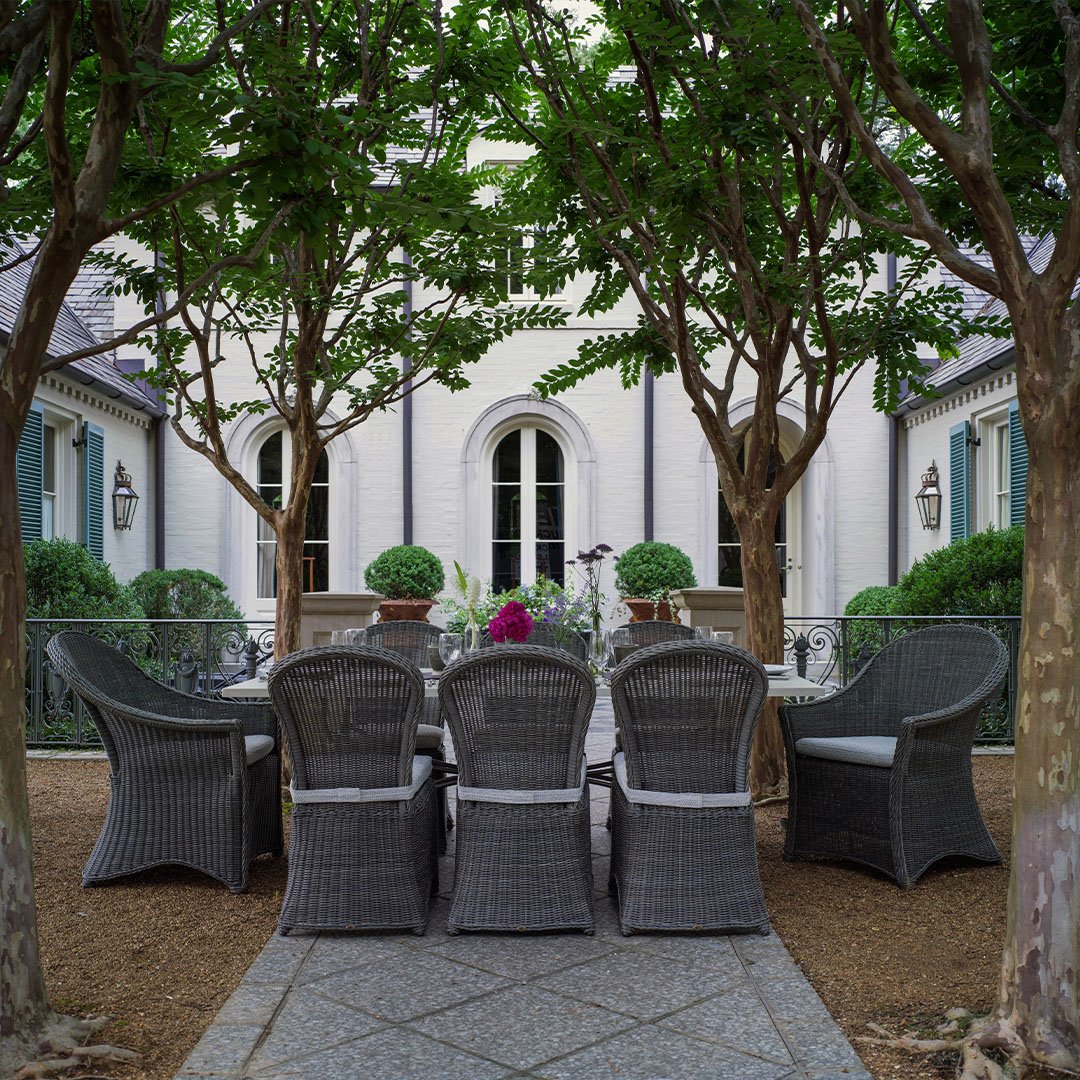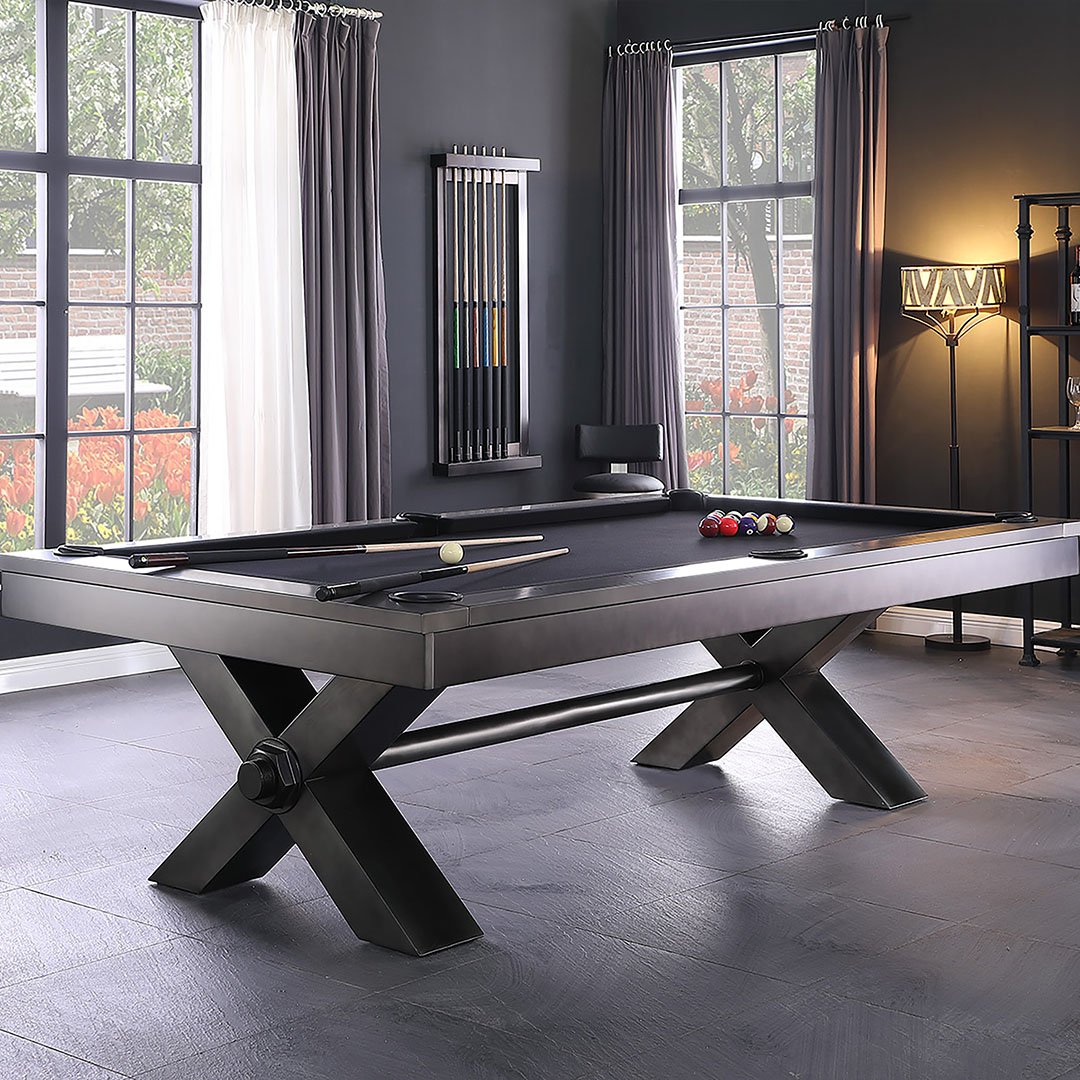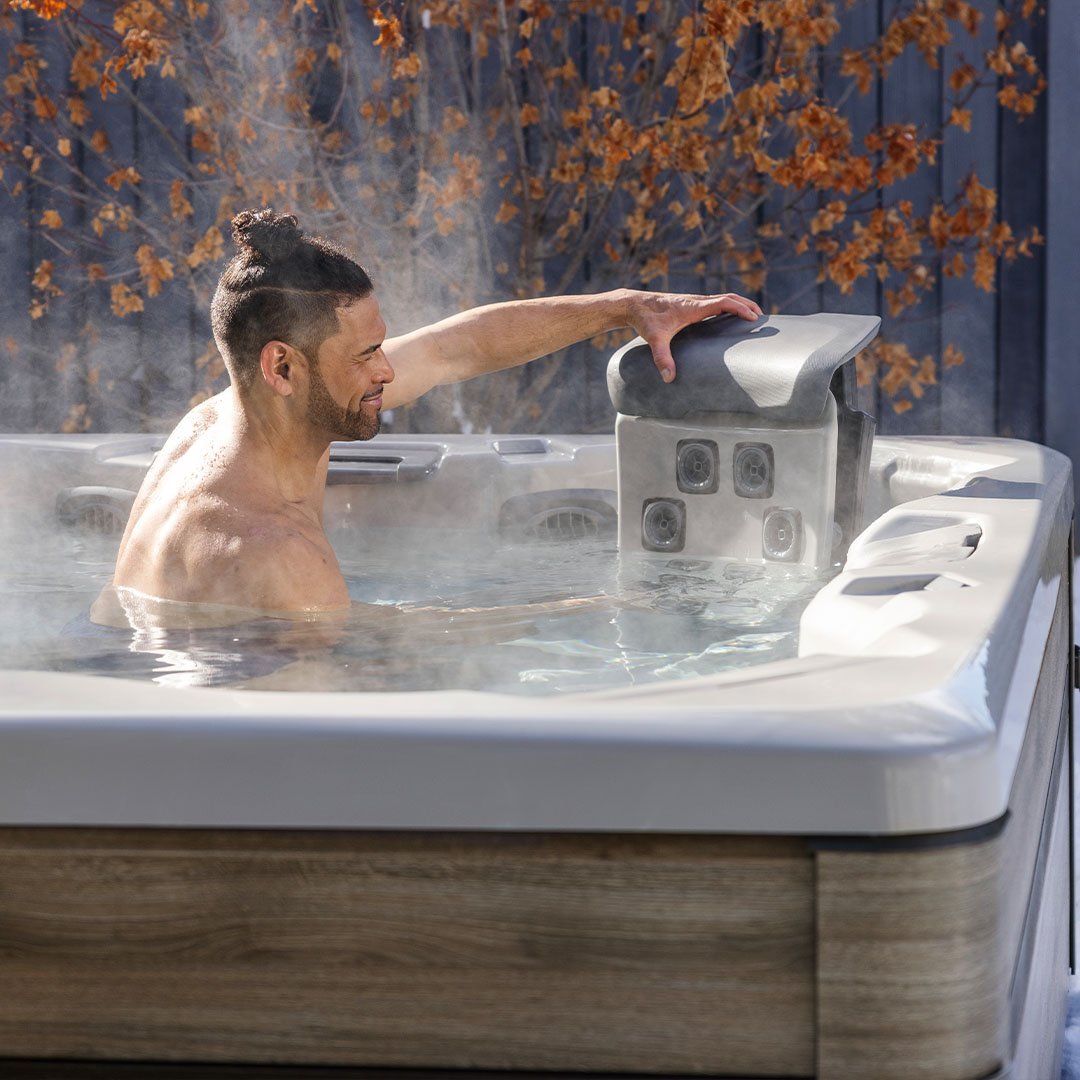What are the Different Pool Table Sizes?
When shopping for a new pool table, one of the most important decisions is choosing the right size table for your space. With so many options, it can get confusing. To help you figure out the best option, let's cover the typical pool table dimensions, help you choose the ideal size, and teach you how to measure properly.
Why Pool Table Size Matters
The size of a pool table can have a big impact on your overall pool-playing experience. The dimensions of the playing surface affect everything from the types of shots you can make, to the skill required, to the flow of gameplay. Understanding the differences between standard pool table sizes is important for both recreational and competitive pool players alike.
The Impact of Space
Available floor space in the room is one of the biggest factors you'll need to consider when choosing a pool table. A table that is too large for the room will feel cramped and make playing difficult and frustrating. Players will be bumping into each other and struggling to move around the table. But at the same time, going too small just to fit the room can also make gameplay difficult.
The ideal pool table size leaves ample room around all sides for players to comfortably line up shots, walk around the table, sit in chairs or lean on rails, and generally enjoy the playing experience. Trying to squeeze in a table that is too large or small for the space ruins the experience. Carefully measuring the total floor area and leaving enough clearance should always be the first step to choosing the right pool table size.
Influence on Skill Level
Pool table sizes also impact the level of skill required. Larger tables naturally require more skill to play well. The increased length means players need to be able to sink longer shots and play using ball speed, spin, and angles to spread the balls around a larger area. Casual players may find larger tables frustrating because they can't make shots and may lose control of the cue ball more easily.
At the same time, expert players seeking a challenge need larger tables to fully spread out, plan more complicated shot sequences, and use advanced techniques with the cue ball. Tighter bar table sizes can feel constraining to pros and don't offer enough difficulty. Matching the table size to the skill level of the primary players is important so that both amateurs and experienced players can enjoy the table.
Variations on Game Play
Just like quality materials commonly used for pool tables can dramatically change the dynamics of your playing experience, pool table size also impacts the styles of pool and billiards games that can be played. For example, professional tournament-style 9-ball is optimized for a standard 9-foot table, because it provides plenty of room to move the balls around and have greater cue ball control between shots. However, more casual bar-style 9-ball is usually played on tighter bar box sizes like 7-foot tables. The smaller playing field leads to a faster, more offensive style of play.
Table size also lets you play different game formats. For example, larger tables are needed for games like full-table 8-ball, 10-ball, straight pool, and snooker that utilize the entire surface. More compact table sizes favor games like bar-style 8-ball, which is played only on one end. Consider which types of billiards games you want to play regularly when choosing a size.
What Size Do Pool Tables Come In?
There are a few common pool table sizes that you'll encounter. From sizes dating back to the historical origin of the pool table to more modern models, each is tailored towards a particular playing environment and skill level.
Standard (Regulation) Pool Table Size
- 8′ x 4′: This is by far the most popular pool table size sold for home use. The 8-foot length provides enough room for play, while the 4-foot width fits well into most rec rooms, home bars, and basement spaces. The medium size strikes a great balance for the average player. Many recreational leagues use 8-foot tables.
Tournament Pool Table Size
- 9′ x 4.5′: The largest standard option, this is the traditional billiards table size used for professional play. Major tournaments and championships use 9-foot tables, which allow top players enough room to fully use their skills. The extra length also increases the difficulty by requiring more precise speed and spin control to excel, but it also requires more space.
What Size Are Bar Pool Tables?
- 7′ x 3.5′: This is the quintessential bar table size, coined the "bar box". Bars, pubs, and pool halls like this more compact model because it maximizes seating around each table. The smaller 7-foot length also speeds up gameplay, allowing quicker turnaround for more paying customers per hour. These snug tables help to improve offensive skills.
English Pool Table Size
- 6′ x 3′: This extra small footprint allows pubs and billiards halls in the UK to pack in more tables. The compact 6-foot length requires very accurate shotmaking and planning. Best for top snooker experts who can work in tight spaces.

How to Measure Your Pool Table Correctly
As we mentioned before, measuring the room accurately is crucial to choosing the ideal pool table size. Follow these tips:
Measuring the Playing Surface
When measuring the playing surface dimensions, carefully measure along the length and width in multiple spots. The dimensions may vary slightly in different areas if the table is not perfectly level. Avoid eyeballing or estimating - slight errors can make a big difference when ordering.
For odd-shaped rooms, create a basic floorplan sketch mapping the available floor space. Mark any windows, doors, pillars, and other obstructions that may impact table placement options. Note the room's shape, taking wall angles into account. With an irregular room, having a diagram is highly important for planning.
If possible, measure an existing pool table you already own if you want to replace it with the same size. This allows you to order the exact replacement size needed. Measure the flat playing surface only, not sloped rails or cushions. Write down the figures to refer to later.
Taking Account of Surrounding Space
When accounting for clearance around the table, consider any furniture or fixtures near the intended table location. Leave enough clearance so chairs, lamps, and other objects aren't crowding the players. Pathways to doors and openings should stay accessible without squeezing around the table. For homes with children, allow even more space for kids to run around the table safely. Hyperactive pets may also require more room. Leave plenty of wiggle room - a crowded playing space can spoil the playing experience.
Tools for Proper Measurement
For best accuracy, use a steel tape measure instead of a cloth one that can stretch over time. Carefully run the tape along the floor, accounting for uneven surfaces. To measure long distances, laser measurement tools are very useful. Having an assistant makes measuring large open spaces much easier. One person can anchor the end of the tape while the other moves to the opposite wall. Always double-check figures with a second person to verify the accuracy of your measurements.
Consider Table Access
Also, be sure to factor in any pathways needed to install and access the table, like doorways or staircases. Measure their widths to ensure clearance. Disassembling the slate may be required for tight spots. Professional delivery services can advise you further.
Accurately measuring and mapping your total floor space is the only way to know a pool table will truly fit well. Rushing this step can lead to major headaches down the road. Take the time to thoroughly assess the room so your pool table size choice checks out beautifully.
Pool & Billiards Tables from Watson's
If you’re interested in finding a new pool table, dive into our pool product collection at Watson's.
When you shop with us, you’ll find an amazing selection and personalized service, along with the guaranteed lowest prices in the USA. We have a wide variety of pool tables, air hockey tables, arcade cabinets, and more to make your rec room complete. Find rec room options here or stop by your nearest Watson’s location today.
FAQs
What's the most common pool table size?
The 8-foot x 4-foot table is the most popular and widely produced size. It's a great middle-ground that offers ample playing space without requiring an exceedingly large room.
What size pool table is used for tournaments?
Most professional billiards tournaments use standard 9-foot x 4.5-foot tables. The extra length allows top players to spread out and execute more complex, controlled shots.
Should I get a bigger or smaller pool table?
Consider getting a smaller 7-foot table if you have a narrow room, casual players, and want quicker games. Go larger if you have lots of space, skilled players who want a challenge, and prioritize control.










